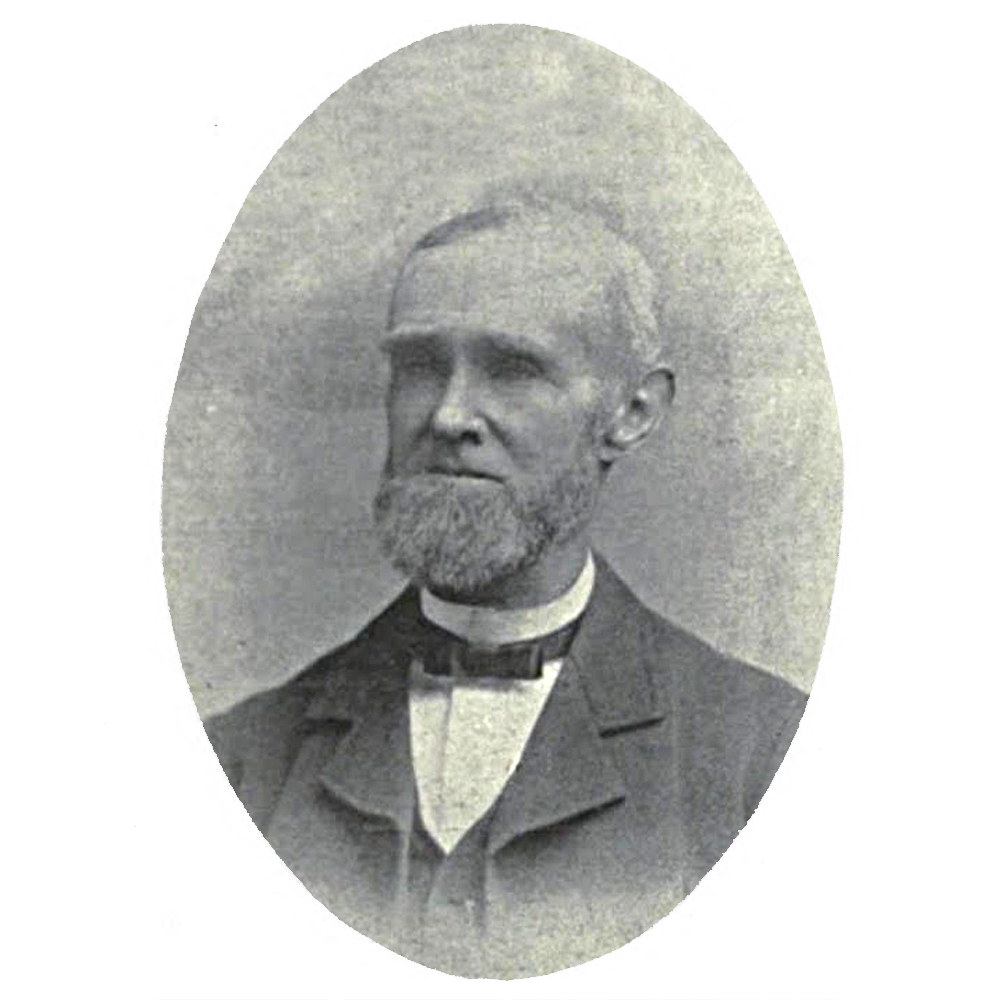Images Courtesy of Suzanne Becker Bronk
The Oakville AVA is a Napa Valley sub-appellation known for its warm climate on the valley floor, which is well suited to wine production. The Oakville AVA is the location of many famous and historic vineyards, including the historic To Kalon vineyard.
Oakville is located in the heart of Napa Valley. This means it experiences both the heat of the northern reaches and the cooling influence of the Bay’s fog and breezes. Because of this, of the Cabernet-centric valley floor appellations (St. Helena, Rutherford, Oakville), its wines, while ripe and powerful, tend to exhibit remarkable finesse and energy. Furthermore, in the western hillsides where the vines are sheltered from the afternoon sun, the wines tend to be more brooding and mineral rich, while those on the volcanic eastern hills that bask in the afternoon sun are dusty, sanguine, with dried fruit tones.
Oakville’s soils vary considerably. In the east they are rust-red and iron-rich with abundant volcanic material mixed into the gravel and loam. In the center of the valley, the soils are deeper, darker in hue and primarily loam-based. The western edge features the famous gravelly fans that include Martha’s Vineyard and To Kalon. Just above this bench, estates such as Harlan are perched on a mix of sedimentary and volcanic rocks and soils.

The Oakville AVA is located in the north of what was the original Rancho Caymus land grant, awarded to early Napa Valley pioneer George C. Yount in 1836. The land grant consisted of two leagues of land bestowed by Governor Nicolas Gutierrez, with influence from Yount's friend General Mariano Vallejo. As the first major landowner in the area, George Yount had a large influence on how the region would develop and was the first person to plant Mission grapes in the region.
Oakville, the town at the center of the Oakville AVA, started out as a water stop in the 1860's for the Napa Valley Railroad Company. The small village that grew around it supposedly took its name from the numerous dark green valley oaks that existed in the area at the time. In 1868, H.W. Crabb, an early Napa Winemaker, purchased 240 acres of land close to the Napa River and established a winery there, calling it "To Kalon", or "The Highest Beauty" in Greek. By the late 1870's, Crabb was producing over 50,000 gallons of wine per year produced from his 130 acres of planted vines.
Today the Oakville AVA has over 5000 acres of land planted to grapevines, with over 50 wineries sourcing their grapes from this appellation. The University of California, Davis currently maintains a 40 acre research vineyard and laboratory facility called Oakville Station. The Oakville AVA was officially designated an American Viticultural Area in 1993.
"It’s all about the place. The Oakville AVA is the epitome of viticultural variations on a diverse theme of bedrock, soils, climate, weather, water, exposure and elevation. The people drawn to farm and make wines from Oakville grapes play a large part in its greatness as they seek to make wines that are pure and transparent, sculpting the essence and adding subtle nuances to express their unique sites."
- Michael Silacci, Opus One
The 100-acre Martin Stelling Vineyard, located behind the winery in Oakville, is the cornerstone of the Far Niente Cabernet Sauvignon program. The vineyard is composed of two distinct areas. The flat acreage uniformly produces wines with supple, sweet tannins and bright, forward fruit. Halter Valley, which is the extension of the vineyard that starts into foothills of the Mayacamas, is composed of gently rolling knolls. This section of the vineyard includes more diverse individual blocks that provide wines of great tannin and structure. These vineyards, together with small contributions from two other Oakville vineyards, combine to produce Far Niente Estate Bottled Cabernet Sauvignon Oakville.
Situated in the Western benchlands of Oakville, the Beckstoffer To Kalon Vineyard showcases the best that this prestigious appellation has to offer. To Kalon Vineyard is most recognized for its vineyards' well drained, gravelly loam, which is perfect for growing intense, dark, fruit forward Cabernet Sauvignon.
The 2016 Oakville Hillside
Cabernet comes primarily from the Tierra Roja Vineyard but with a dash of
amazing Cabernet Franc. This year’s version is a bit more dense and 'serious' than the 2015. It has additional
depth from the richness of the 2016 vintage and ideal growing conditions for the Cabernet Franc. ‘Wow’ keeps
popping up in my notes for it.
This Single Vineyard Cabernet Sauvignon from Beckstoffer To Kalon Vineyard in Oakville comes from the North Blocks on the property.